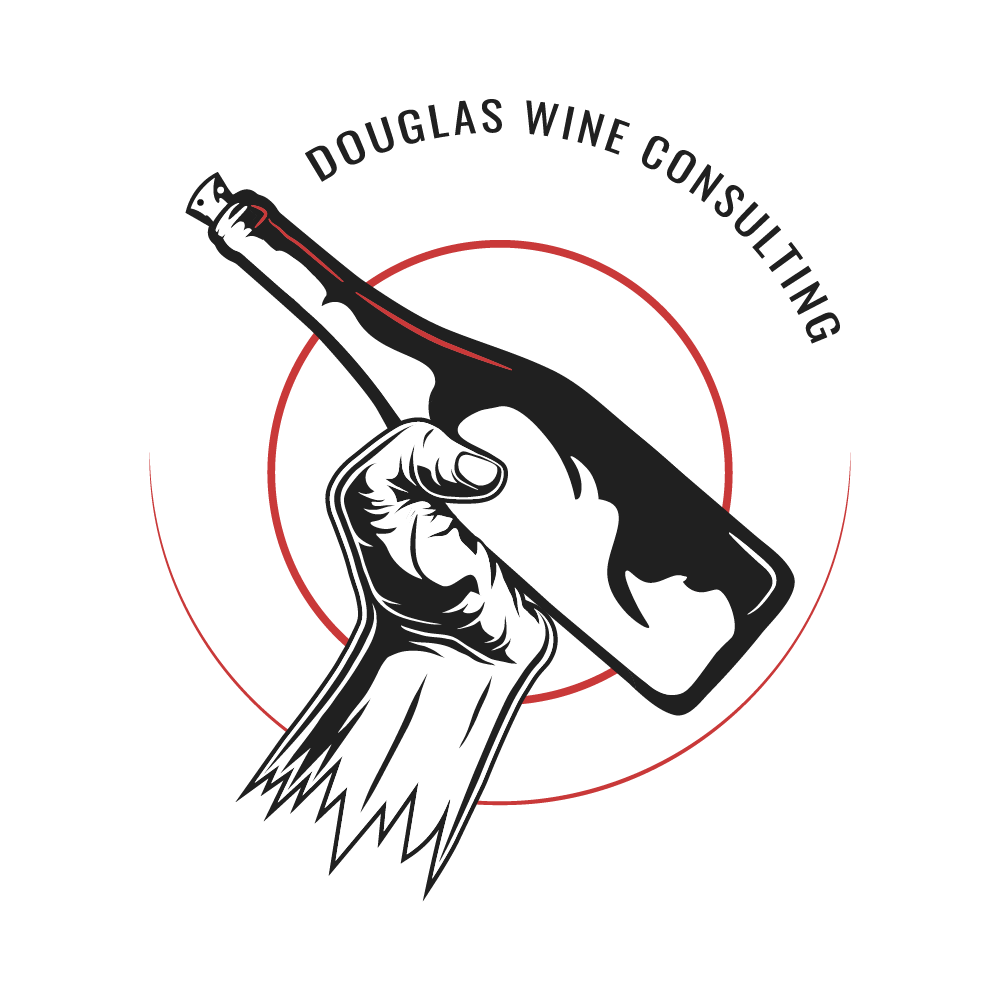Burgundy is one of the most complex and diverse terroirs in the world. An introduction.
Reading time: 3m 30s
Rich History
A few million years ago, Burgundy was covered by a sea, which created its limestone and marl soils. The unique characteristics of these soils contribute to the mineral style of Burgundy wines. When the Roman Empire expanded, they brought vines with them to Burgundy. After their fall, the Catholic Church took over the winemaking duties in the region.
Over time, Benedictine monks owned and worked the vineyards (around 900 AD). However, it was the Cistercian monks who elevated the quality of the wines. They kept records and understood that some plots of land were better than others, developing the idea of terroir. By 1336, they created the first enclosed vineyard, Clos Vougeot. Today, it is one of the most important Grand Cru sites in Burgundy.
The Dukes of Burgundy ruled over the region in the 14th and 15th centuries. As Pinot Noir was favored by Duke Philippe, they outlawed the cultivation of Gamay grapes in 1395. In 1477, during the Battle of Nancy, the last duke, Charles the Bold, was killed in battle. This resulted in the Duchy being annexed by France, becoming an important and luxurious province to this day.
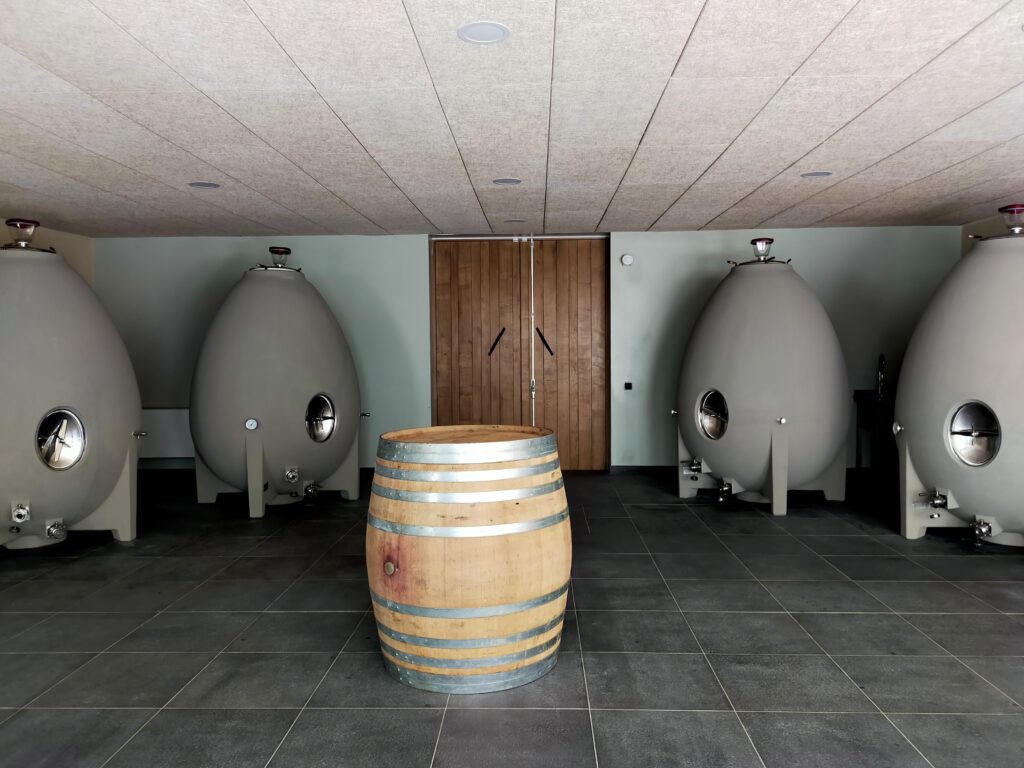
5 Key Grape-Varieties, Unlimited Styles
The main grapes associated with Burgundy are Chardonnay and Pinot Noir. However, wine lovers can also find single-variety wines made from Aligoté, Sauvignon Blanc, and the king of Beaujolais, Gamay. These wines can be still or sparkling. Crémant de Bourgogne is a light-bodied wine with high complexity and a long, juicy finish.
Pinot Noir is the most important red grape variety in Burgundy. It is responsible for some of the most expensive wines sold in the world. Pinot Noir can be found in nearly every region of Burgundy, from entry-level quality to sky-high. The wines can range from light and refreshing with low tannins to full-bodied, elegant wines with a high level of finesse that improve with decades of aging.
Chardonnay is the most important white grape variety in Burgundy. It is mainly known for full-bodied wines like Meursault or Charlemagne. However, it can also be refreshing with a buttery, silky texture from Mâcon.
Aligoté used to be known as the “farmer’s quench.” It was high in yields and was often despised by the upper classes. However, Aligoté wines can now produce significant high-quality, refreshing, and fruit-driven wines.
Sauvignon Blanc makes a guest appearance in the Chablis region. In its own appellation, Saint-Bris, fruity, grassy, and light whites are produced. This is a true pirate for any blind tasting with friends.
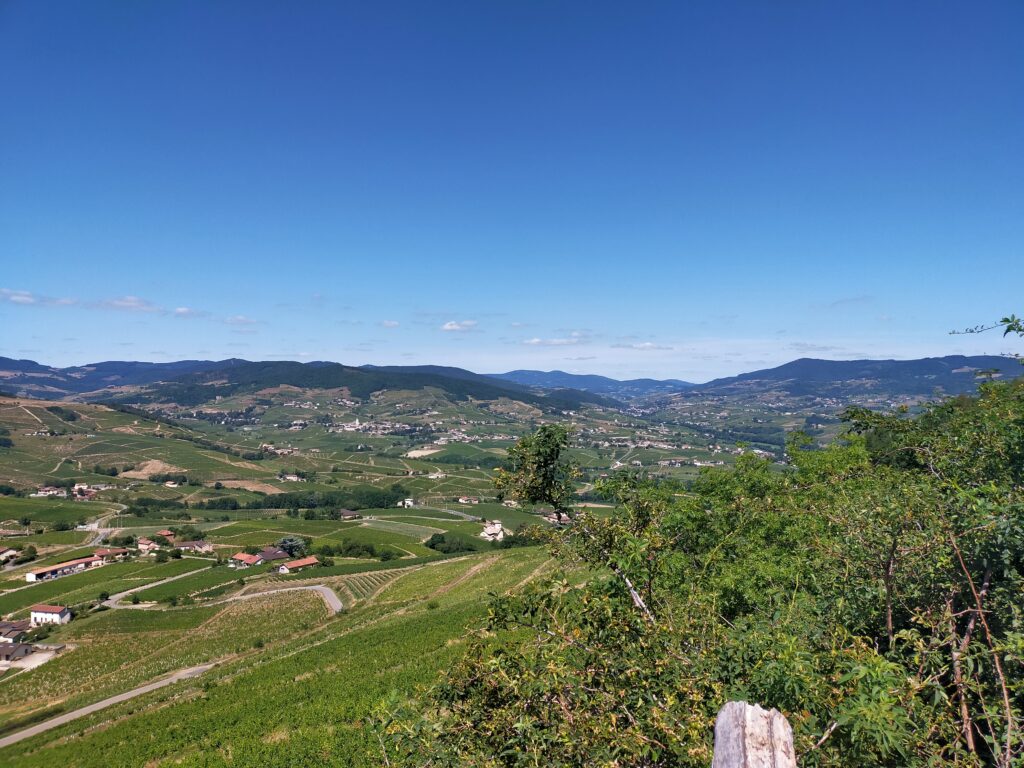
Gamay is mostly grown in the Beaujolais region. Known for light-bodied and fruity wines, Gamay can surprise with serious quality. The region has 10 Cru appellations and a variety of styles, from light wines to fruity rosés, sparkling and pet-nat to full-bodied and elegant reds. Beaujolais is an underrated region that can offer great value.
The Classifications
Wines in Burgundy are classified into four stages. Similar to a pyramid, the foundation is the core of the region, resulting in smaller quantities and higher price points up the pyramid. A unique characteristic of Burgundy is that the vineyard is classified, not the resulting wine. The Burgundians are proud of their history and their approach to terroir, where certain quality can be expected from the producer.
In total, Burgundy has 33 Grand Cru vineyards and 640 Premiers Crus (1er Cru). 44 Villages produce local quality wines, as regional wine can be a blend from multiple vineyards across Burgundy, offering a larger volume of villages to be blended to a perfect blend.
Sometimes small parcels are addressed as “climats”.
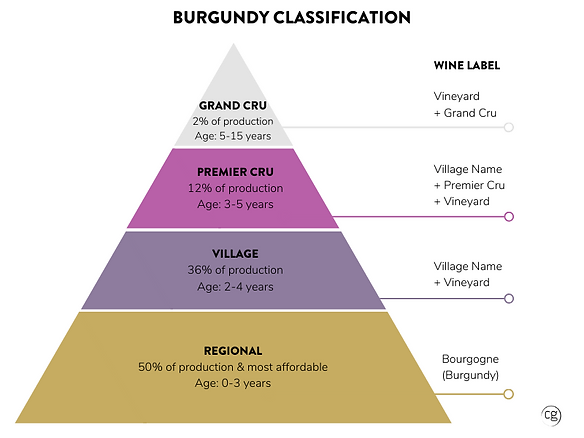
The Burgundy-Classification
The most important appellation is the regional classification. These wines can easily be identified as Bourgogne rouge or Bourgogne blanc. They are the lightest, most straightforward wines for any occasion.
Village Level Quality
Selected grapes from classified plots of villages can be upgraded to this quality level. The wines usually offer more complexity. They are usually light and crisp, with some wines offering aging potential.
Premier Crus
These are top-notch wines, sometimes better than their Grand Cru counterparts. Small, selected vineyards produce wines with notorious craftsmanship and excellence. The wines can mature for many years, developing a higher complexity in return.
Grand Crus
The best of the best. They account for about 1% of total production in Burgundy. These wines are produced in very small batches and have high demand and high price points. Many of them are legendary and nearly impossible to purchase.
Peter Douglas

ConVINOsation Podcast Brings EUROVINO Wine Fair to Life
In collaboration with Messe Karlsruhe, we are proud to launch ConVINOsation, a new podcast dedicated to tackling the wine industry’s most pressing topics. Hosted by
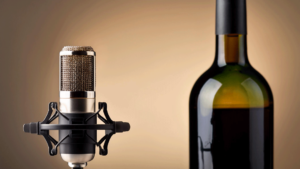
Live on Wein Verkauft!
I recently had the opportunity to join freelance consultant Diego Weber from Germany on his podcast, On German!. Over the course of the two-hour episode,
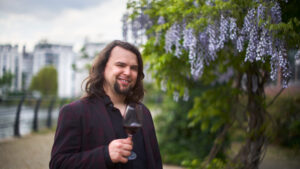
Live on the Morning Show
In July 2024, I had the exciting opportunity to appear on New York’s WTBQ Frank Truatt’s Morning Show, the #1 drive time morning show, with
Challenging Year for French Wines & Spirits Exports 2023
In the year 2023, the French wine and spirits sector navigated through challenging waters to post exports worth €16.2 billion. Despite representing a 5.9% decline from the previous year, this figure stands as the second-highest in the industry’s export history. The volume of exports also saw a considerable reduction, falling by 10.4%. However, the sector managed to maintain its status as the leading contributor to France’s agri-food surplus and the third largest in the nation’s overall trade balance, with a trade surplus of €14.8 billion, down by 5.8%.

DWI Announces Winner of the Sommelier Cup 2024
The DWI Sommelier-Cup 2024, hosted by the German Wine Institute (DWI), concluded on January 22, 2024, with Katharina Iglesias from wineBank in Hamburg claiming the title. The event, held at the Atrium Hotel in Mainz, witnessed participation from 28 professionals across various sectors of the wine industry. While the competition’s popularity remains undeniable, a critical examination of its structure and outcomes reveals aspects worth contemplating.

German Wine Consumption Plummets in 2023
The German wine consumption and buying behaviour is changing. (Photo: DallE)
